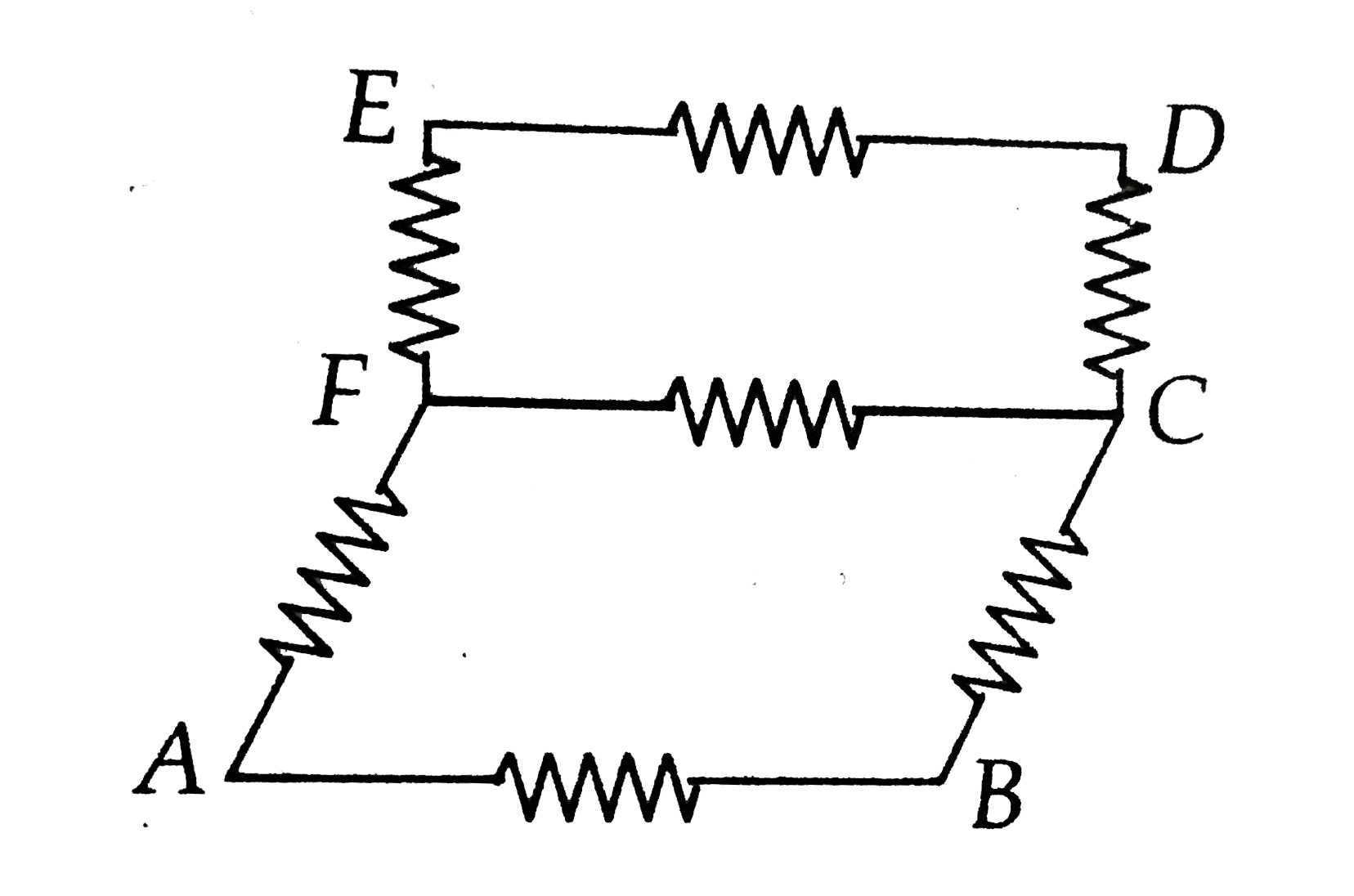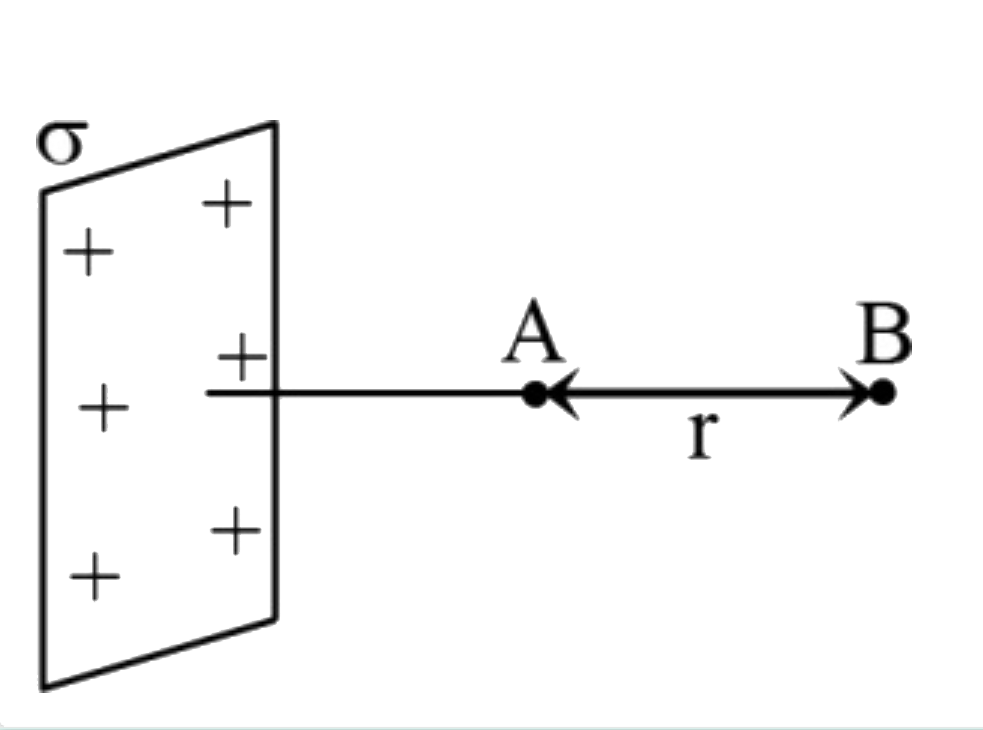A homongeous proton beam acceletated by a potentiail difference V=600kV has a round cross-section of radius r=5.0mm. Find the electric fiel dstrength on the surface of the beam and the potentia difference between the surface of the beam and the potential difference between the surface and the axis of the beam if the beam current is equal to I=50mA.
From Gauss theroem field strength at a surface of a cylindirical shape equals, λ2πε0r, where λ is the inear charge density.
Now, eV=12meV2 or, v=√2eVme ....(1)
Also, dq=λdx so, dqdt=λdxdt
or, I=λv or, λ=Iv=1√2eVme, using (1)
Hence, E=I2πε0r√me2eV=32V/m
(b) For the point, inside the solid charged cyclinder, applying Gauss's theorem,
2πrhE=πr2hqε0πR2l
or, E=q/l2πε0R2
So, from E=−dφdr,
∫φ2φ1−dφ=∫R0λ2πε0R2rdr
or, φ1−φ2=λ2πε0R2[r22]R0=λ4πε0
Hence, φ1−φ2=VI4πε0√me2eV=0.80V
Topper's Solved these Questions
- ELECTRODYNAMICSBOOK - IE IRODOV, LA SENA & SS KROTOVCHAPTER - ELECTRODYNAMICSEXERCISE - Constant Magnetic Fiels - Magnetics
69 Videos
- ELECTRODYNAMICSBOOK - IE IRODOV, LA SENA & SS KROTOVCHAPTER - ELECTRODYNAMICSEXERCISE - Electromagnetic Induction
84 Videos
- ELECTRODYNAMICSBOOK - IE IRODOV, LA SENA & SS KROTOVCHAPTER - ELECTRODYNAMICSEXERCISE - Electric Capacitance - Energy Of An Electric Field
46 Videos
- ELECTRICITY AND MAGNETISMBOOK - IE IRODOV, LA SENA & SS KROTOVCHAPTER - ELECTRICITY AND MAGNETISMEXERCISE - All Questions
6 Videos
- ELECTROMAGNETISMBOOK - IE IRODOV, LA SENA & SS KROTOVCHAPTER - ELECTROMAGNETISMEXERCISE - All Questions
24 Videos
Similar Questions
Knowledge Check
If the potential difference between A and D is V, what will be potential difference between F and C. each of the resistance is R.
 AV/3BV/4CV/6DV/8
AV/3BV/4CV/6DV/8The potential difference due to small sphere in the previous question between its Surface and the surface of larger shell is
Aq4πε0(1R−1r)Bq4πε0(1r−1R)CQ4πε0(1R−1r)DQ4πε0(1r−1R)What is the difference between the total surface area and curved surface area of a cylinder whose radius is equal to 10 cm ?
A200πcm2B300πcm2C100πcm2D10πcm2
Maximum intensity in YDSE is I0. Find the intensity at a
point on the screen where
(a) The phase difference between the two interfering beams is π3.
(b) the path difference between them is λ4.
View SolutionAn infinite conducting sheet has surface charge density σ. The distance between two points is r. The potential difference (VA−VB) between these point is

View SolutionWe receive sunlight on earth surface. What type of light beams are these?
View SolutionIn interference of light, a point is bright if the path difference between the two beams arriving at that point is
View SolutionA hollow charged metal sphere has radius r. If the potential difference between its surface and a point at a distance 3r from the centre is V, then electric field intensity at a distance 3r is
View Solution
